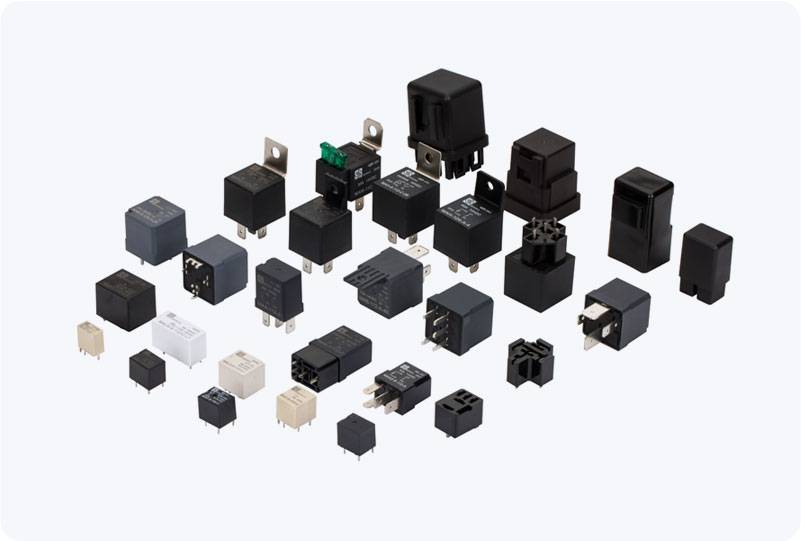A Dual Relay Module is an essential component in the realm of electronics, widely used for controlling high voltage or high current devices through low voltage digital systems like microcontrollers or Arduino. These modules are often employed in automation systems, home automation projects, and IoT (Internet of Things) applications, where precise control over electronic devices is required. In this article, we will explore what a Dual Relay Module is, its components, working principle, applications, and how to integrate it with a microcontroller.

What is a Dual Relay Module? A Dual Relay Module typically consists of two relays embedded on a single board. A relay itself is an electrically operated switch that allows you to control high-voltage devices such as motors, lights, or other appliances using a low-voltage control signal. The Dual Relay Module makes use of this mechanism, enabling the control of two such devices simultaneously. Each relay is controlled by a microcontroller through a low voltage signal, usually a 5V or 3.3V signal. When the signal is provided, the relay switches its state, allowing current to flow through the connected load. The module includes the relays, their associated driving transistors, and protection diodes all built into a convenient, compact board.
Leave a Reply
You must be logged in to post a comment.